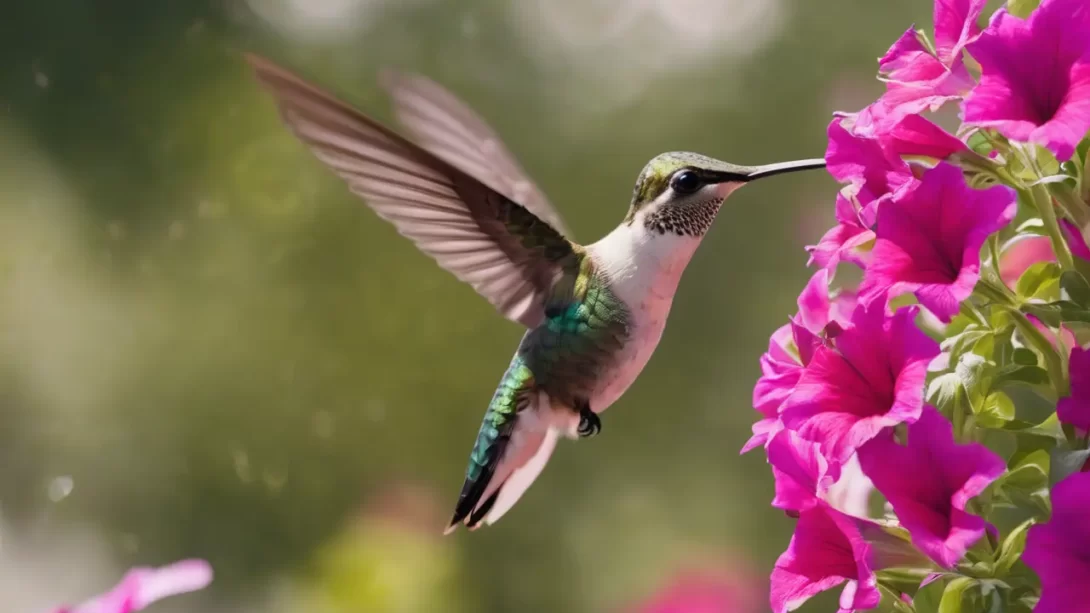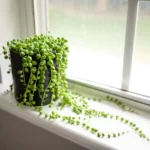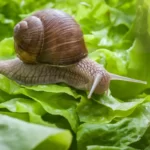Hummingbirds, known for their vibrant colors and incredible agility, are a delightful sight in any garden. Among the plethora of flowering plants, petunias stand out for their bright blooms and ease of care, making them a favorite among gardeners. This article explores the relationship between petunias and hummingbirds, shedding light on the potential of these flowers to attract these exquisite birds to gardens.
Hummingbirds and Their Preferences
Hummingbirds, belonging to the family Trochilidae, are small, energetic birds with a remarkable ability to hover and fly backwards. Their diet predominantly consists of nectar, which they obtain from flowers. Hummingbirds are particularly drawn to flowers that are rich in nectar and brightly colored, with a preference for red, pink, and orange hues. The flower’s shape is also important, as their long, slender beaks are adapted to feeding from certain types of blooms. Understanding these preferences is key to creating a garden that is attractive to hummingbirds.
Petunias: A Gardener’s Favorite
Petunias are a widely cherished flowering plant known for their vibrant colors and abundant blooms. These annual plants come in a range of colors, including shades of purple, pink, red, blue, and white. Petunias are categorized into several types, such as grandiflora, multiflora, and milliflora, each with distinct flower sizes and growth habits. They typically bloom from spring until the first frost, offering a long season of color. Petunias thrive in well-drained soil and full to partial sunlight, making them a versatile choice for garden beds, containers, and hanging baskets. Their ease of care and long blooming period make petunias a popular choice for adding color and life to gardens.
The Appeal of Petunias to Hummingbirds
Petunias are well-regarded for their ability to attract hummingbirds. The primary reason lies in their vibrant colors, especially the reds and pinks, which are highly attractive to these birds. The rich, deep hues act like beacons, drawing hummingbirds from a distance. In addition to their color, petunias produce a moderate amount of nectar, which is an essential energy source for hummingbirds. While petunias may not be the most prolific nectar producers, their consistent blooming period ensures a steady supply throughout the season.
The shape and structure of petunia flowers also play a role in their attractiveness to hummingbirds. The open, trumpet-shaped flowers provide easy access to nectar, accommodating the long beaks and hovering feeding style of hummingbirds. Some petunia varieties, particularly those with larger blooms, may be more appealing to hummingbirds due to the ease of nectar access.
Planting and Maintaining Petunias for Hummingbird Attraction
To maximize the attractiveness of petunias to hummingbirds, proper planting and maintenance are key. Petunias prefer locations that receive full to partial sun, as ample sunlight encourages more robust blooming. Well-draining soil is essential to prevent root rot, and regular watering is necessary to keep the soil evenly moist.
Deadheading spent blooms and periodic trimming can encourage petunias to produce more flowers, thereby increasing the potential to attract hummingbirds. Fertilizing with a balanced, water-soluble fertilizer every few weeks during the growing season can also promote healthy growth and abundant flowering.
In addition to petunias, creating a diverse garden with a variety of nectar-rich plants can further enhance its appeal to hummingbirds. Incorporating flowers with different bloom times and colors, such as salvia, bee balm, and zinnias, can provide a continuous source of nectar. This diversity not only attracts a wider range of hummingbirds but also contributes to the overall health and beauty of the garden.
The Benefits of Attracting Hummingbirds with Petunias
Attracting hummingbirds to your garden with petunias offers numerous ecological and aesthetic benefits. Hummingbirds are excellent pollinators, and their presence helps in the cross-pollination of various plants, contributing to a healthy and thriving garden ecosystem. Additionally, watching hummingbirds flit and hover around the garden provides a unique and delightful spectacle, adding dynamism and beauty to the garden space.
The presence of hummingbirds can also be an indicator of a healthy environment. These birds are sensitive to changes in their ecosystem, so their regular visits can signify a well-maintained, balanced garden habitat. Furthermore, encouraging hummingbirds in gardens can aid in their conservation by providing them with vital resources, especially in urban areas where natural habitats may be limited.
Enjoying Hummingbirds in the Garden
To fully enjoy the presence of hummingbirds attracted by petunias, gardeners can take additional steps to make their gardens more inviting. Providing a water source, such as a birdbath or a misting fountain, can offer hummingbirds a place to drink and bathe. Avoiding pesticides is also crucial, as they can harm hummingbirds and the insects they sometimes consume.
Observing and learning about the behavior of hummingbirds can be an enriching experience. Gardeners can take this opportunity to engage in citizen science projects, such as tracking hummingbird migration and contributing to local wildlife studies.
Conclusion
In summary, petunias are an excellent choice for gardeners looking to attract hummingbirds. Their bright colors, nectar production, and flower shape make them appealing to these fascinating birds. By incorporating petunias into a diverse and well-maintained garden, individuals can enjoy the dual benefits of a beautiful garden space and the delightful presence of hummingbirds. Embracing such gardening practices not only enhances the aesthetic appeal of outdoor spaces but also supports local wildlife, contributing to the broader goal of ecological conservation and biodiversity.




